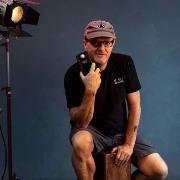Are there any aids to focusing?
-
Recently Browsing 0 members
- No registered users viewing this page.
-
Similar Content
-
- 2 replies
- 1,026 views
-
- 6 replies
- 581 views
-
- 2 replies
- 596 views
-
- 16 replies
- 1,681 views
-
- 5 replies
- 1,334 views
-



Recommended Posts
Join the conversation
You can post now and register later. If you have an account, sign in now to post with your account.
Note: Your post will require moderator approval before it will be visible.